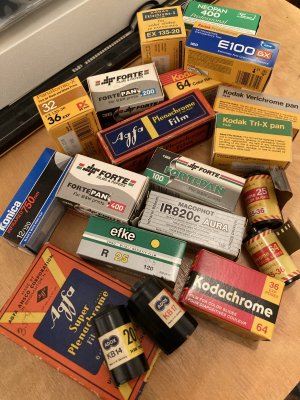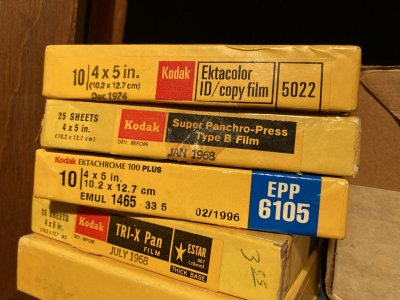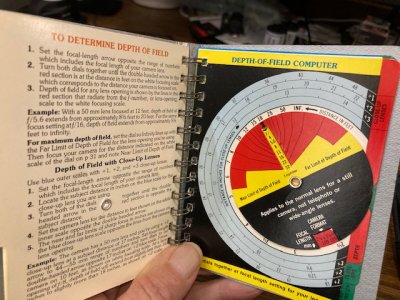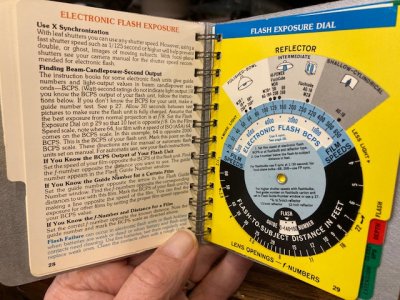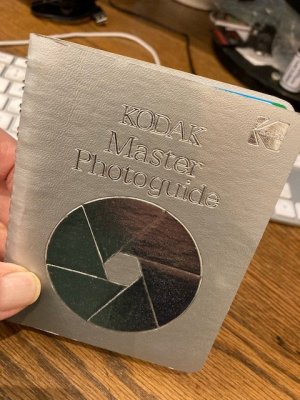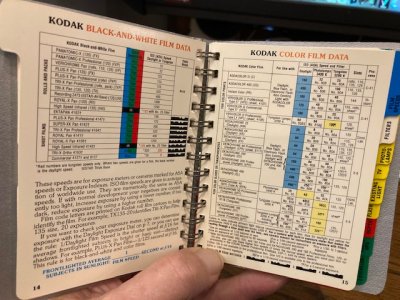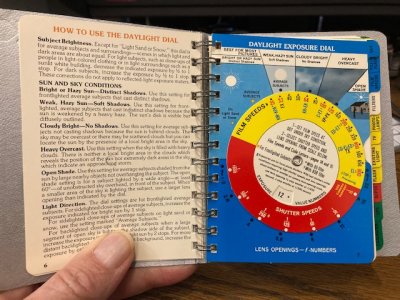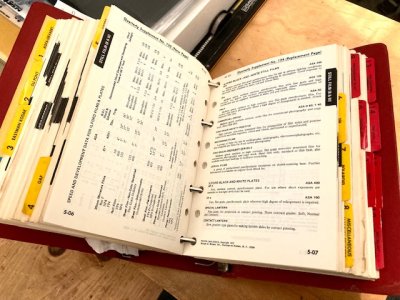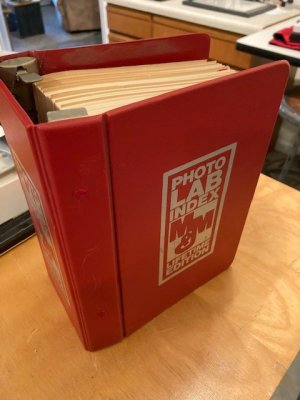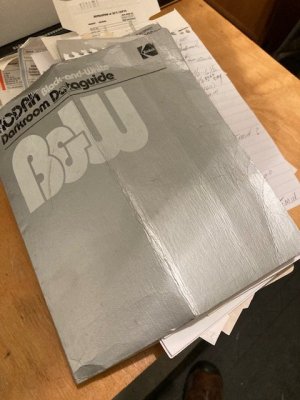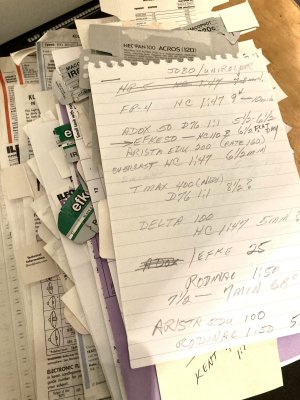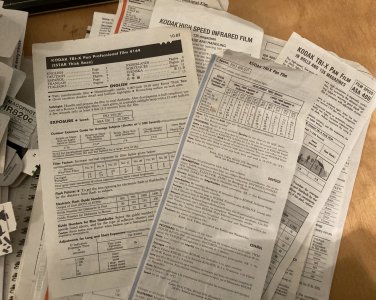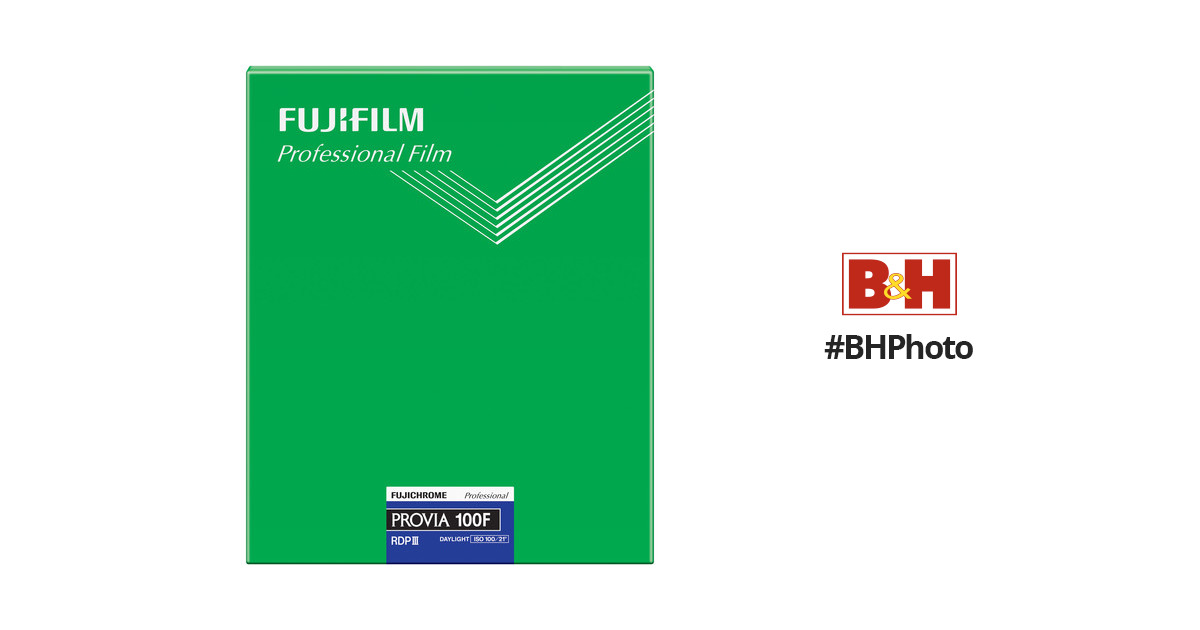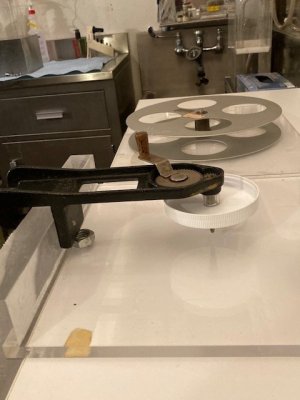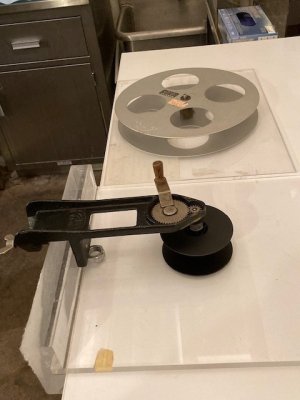Since we have a lot of folks that never shot film or didn’t get into the real depth of film photography here are a few relics from the past.
I still use my Photo Lab index. The PLI was a compilation of data and photo facts. Virtually all film and developers, bulbs, flash bulbs, fixers, stop baths, toners and you name it the formulas and data were here plus specs for hardware. It was a subscription service and manufactures provided new data on products, developers, processing times etc. to PLI and it was incorporated in the book. Updates came out monthly. I don’t remember the cost but it was worth it.
Other professions had similar like for pilots. When I was starting to fly many years ago Jeepsen published volumesike the PLU of approach plates, air traffic info, radio and navigation frequencies and basically anything a pilot could use. Revised pages were sent out monthly with new info to put in your books. It was by subscription too.
Hers my old!!! Lab index from Kodak. It had calculators for various films, developers, times and temps plus printing paper data and more. I still use it and keep old film data sheets and new cartons tucked inside with my notes. The data sheets were included in ever roll of film from Kodak and Ilford. Others did that too. Basically they had all the info you could want including exposure, reciprocity and development.
The next little book is the Master Photo guide from Kodak. It had info on reciprocity, color & B&W filters, filter factors, bellows factors for closeup and a ton more valuable info. It even covered different flash bulbs and a calculator for exposure with them. Nifty!!!
Those calculator wheels were a lot of fun when us was a kid. There was even a set of Wratten fells for Wratten 29, 15, 11 and a few more B&W filters. You could look through them and see the effect in film, sort of.


